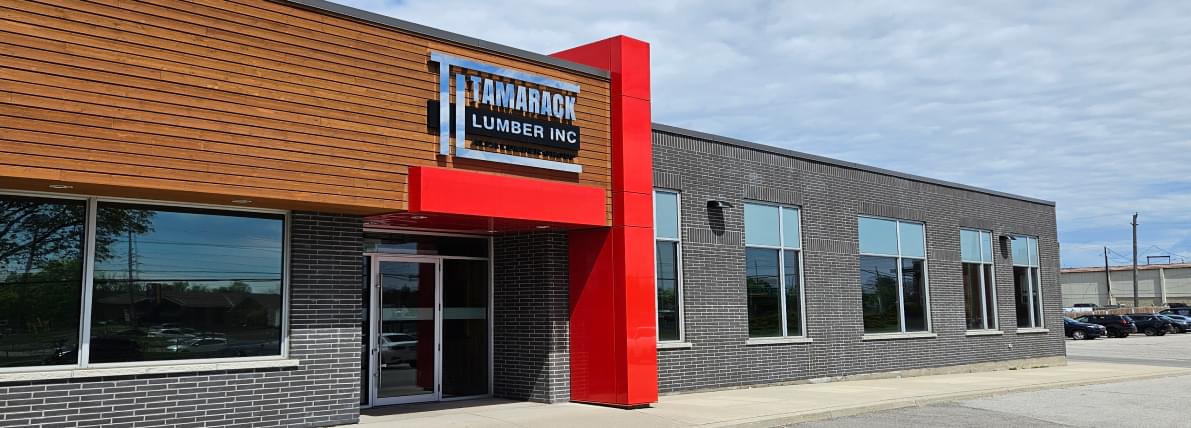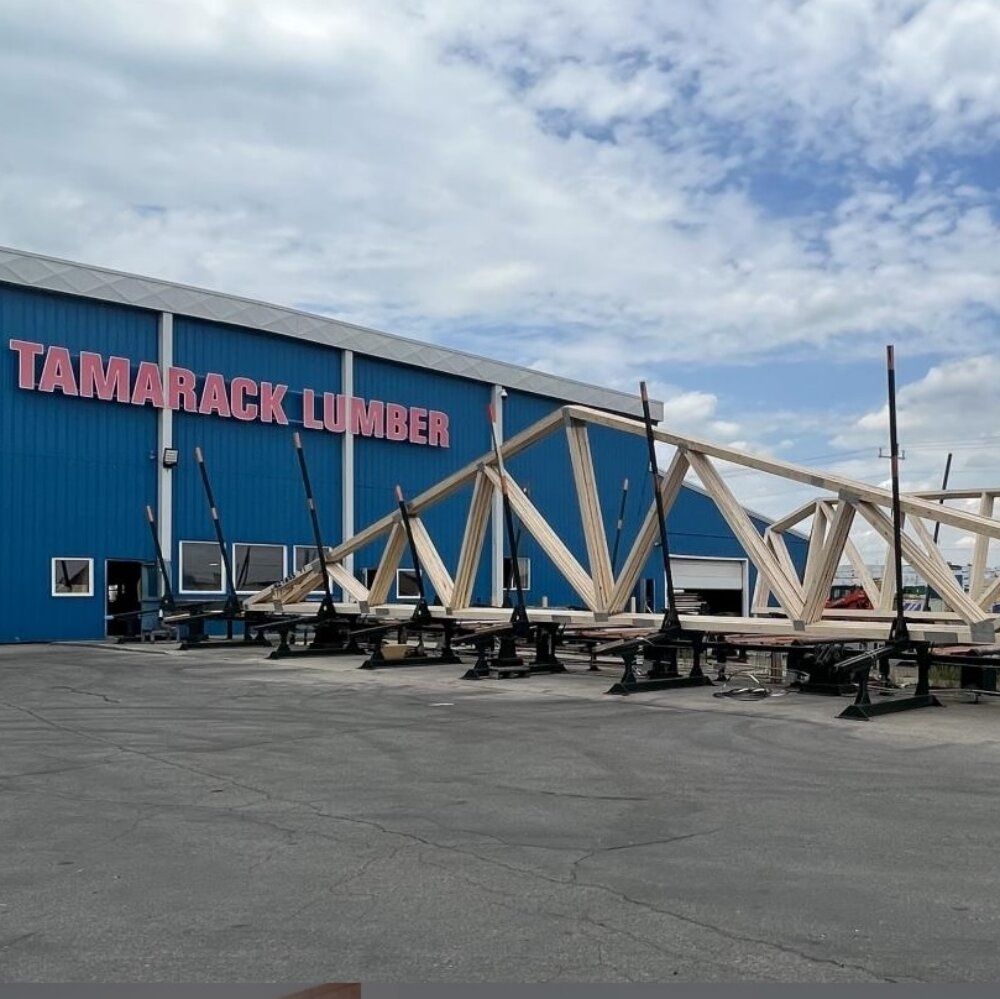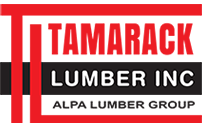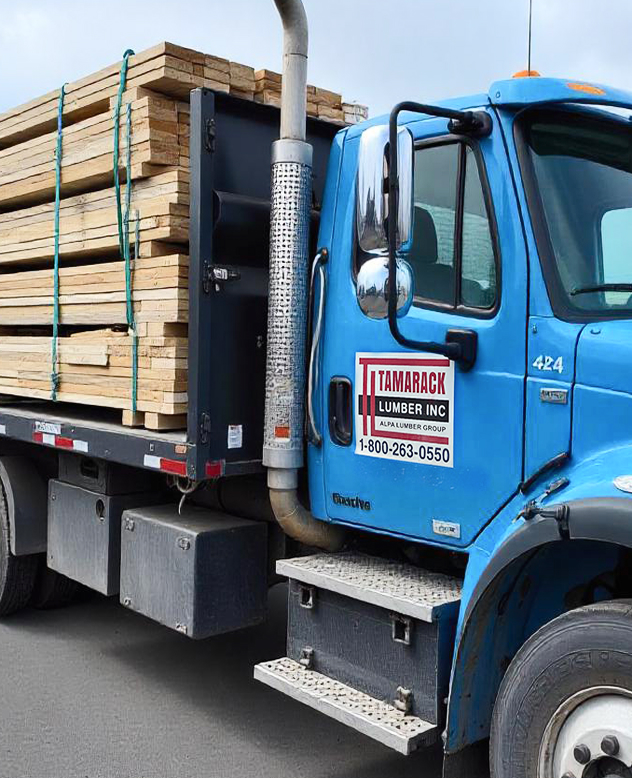
4 Design Considerations For Fink Roof Trusses

Roof trusses are a basic element in numerous roofs and residential structures, adding a lot of stability to the overall design. However, designing a roof truss, particularly a fink roof truss, can be tricky. A lot of factors need to be considered. This blog explores 4 such design considerations for fink roof trusses.
How To Design A Fink Roof Truss?
1. Consider The Right Material
The most important criteria when it comes to choosing a roof truss are cost, durability and environmental conditions. Based on these parameters, wood is the perfect material for designing roof trusses, particularly timber. Not only are they affordable, but they are also more lightweight than other alternatives, such as steel. However, timber must be treated additionally to handle wet conditions.
2. Load Calculations
Precise load calculations are important when designing a fink roof truss. Some important calculations include dead loads, live loads and environmental loads. Dead loads comprise the weight of the roof truss itself, along with insulation and other members of the truss. Live load covers snow, wind and personnel on the truss during installation. Finally, environmental load refers to extreme conditions such as hurricanes or possible seismic activity.
3. Span And Roof Pitch
Span and roof address the major dimensions of the roof truss. While the span covers the length and breadth, the roof pitch covers the height. For the best results, these parameters must be aesthetically pleasing while staying within the confines of structural requirements. For instance, for most residential properties, fink roof trusses must have a span of around 20-40 feet. Similarly, steeper pitches must be considered for regions where heavy snowfall is the norm.
4. Consider Ventilation And Insulation
Make sure to add soffit vents and ridges to ensure an adequate amount of ventilation, as improper ventilation can lead to the growth of mold and decay. Similarly, try to design roof trusses in such a way that they can handle a maximum amount of insulation. For this, raised heel trusses can be used.
For more assistance in selecting the right roof truss for your upcoming project, contact us at Tamarack Lumber Inc. today. As one of the leading manufacturers and designers of quality-engineered roof trusses in Ontario, our experts will guide you in the right direction based on your specific requirements. Call us today at 416-798-4869 to learn more about our products and services.

